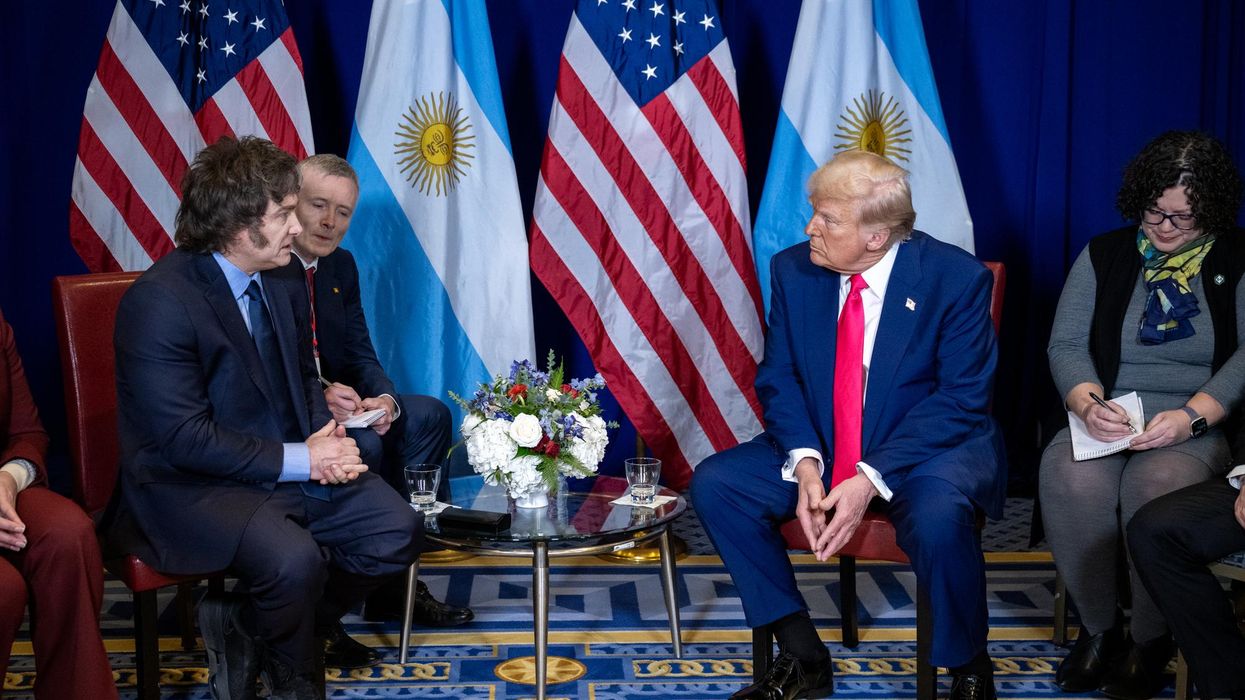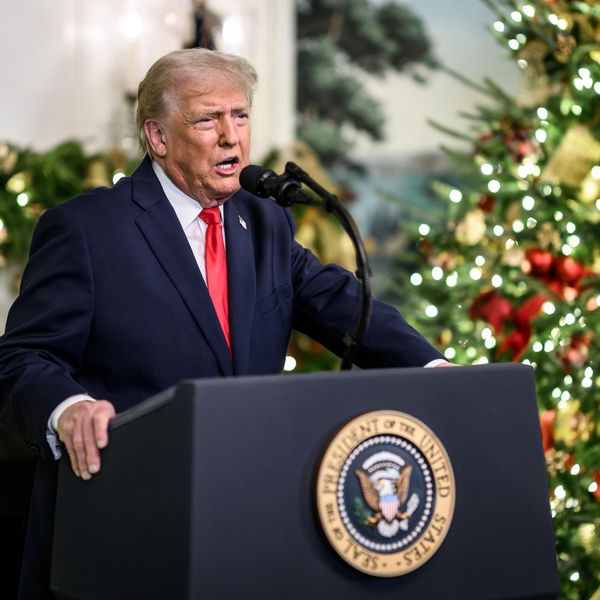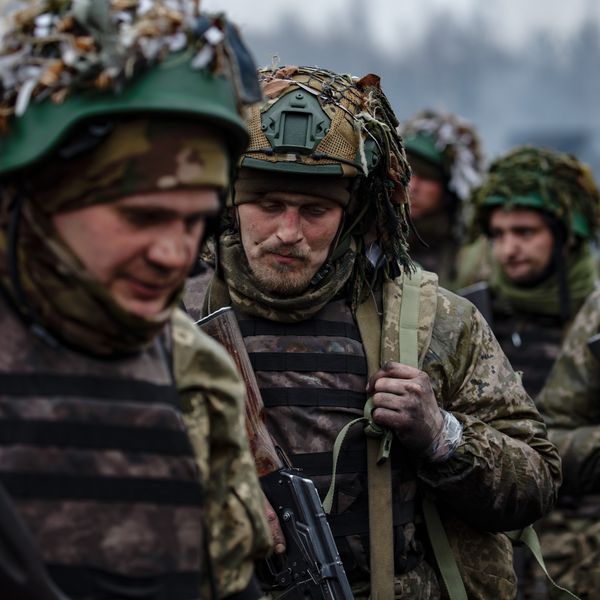October 3, 2023 marks the 30th anniversary of the Battle of Mogadishu, when American forces engaged in a pitched battle with a Somali militia in a densely populated residential neighborhood in Mogadishu, Somalia.
This battle has become popularly known as “Black Hawk Down” in reference to the several UH-60 Black Hawk helicopters shot down during the battle, leading to the deaths of 18 U.S. soldiers and at least 300 Somali casualties, including militia and civilians. Much has been written about how this event, and the wider U.S. military intervention in Somalia, was a watershed moment heralding a new “world order” led by the U.S. in the aftermath of the Cold War.
However, one of the most consequential impacts of U.S. interventions in Somalia has been the hindrance of local socio-political processes that might have, with time, provided an exit from the condition of permanent conflict. In so doing, these interventions have contributed to the continuation of conflict and historical paralysis in Somalia.
The Battle of Mogadishu was the culmination of a U.S.-led UN intervention in Somalia which went through several iterations that progressively became more militarized. It began in April 1992 with United Nations Operations in Somalia I (UNOSOM I), which was mandated to monitor a ceasefire agreement between the warring parties in Mogadishu following the fall of the Somali state in early 1991. The ceasefire, however, never took hold, gravely hampering the delivery of humanitarian aid in the midst of an appalling famine.
The harrowing images of starving children broadcasted across the globe partly informed the U.S. decision to offer to organize and lead a multinational force, United Task Force (UNITAF). The UN accepted the offer and UNITAF forces arrived in Somalia in December 1992 with the objective and mandate to provide security and facilitate humanitarian relief efforts. UNITAF was succeeded by UNOSOM II in March 1995 with a force of about 30,000 from 27 countries. The U.S. contributed a little over 1,000 personnel to this force, but exercised significant control over the operations.
UNOSOM II not only took over the mandate of UNITAF in terms of securing and facilitating aid delivery, but was further tasked with nation-building, including forcible disarmament. This led to a confrontation between UNOSOM II and one of the militias, Somali National Alliance (SNA) led by General Mohamed Farah Aidid. U.S. forces led this confrontation carrying out raids against SNA militia and Aidid.
After a series of increasingly violent reprisal attacks, U.S. forces raided a hotel in Mogadishu October 3, 1993 to capture high ranking SNA personnel. The disastrous result of the raid ultimately led the Clinton administration to change course and withdraw U.S. forces from Somalia in the spring of 1994. The U.N. followed suit and was out of Somalia by early 1995.
There has been widespread criticism of various aspects of the U.S./UN intervention: the militarization of the intervention with the inevitably high civilian casualties, the racist violence and abuse of Somali civilians, the caricature and reduction of the crisis to images of starving children and drug-crazed militias, the UN’s insistence that its failure to act quickly to avert the famine was entirely due to security concerns and not bureaucratic inertia, and the claim that 80% of food supplies meant for famine victims were being looted.
Despite the criticism of the intervention, many also felt that the withdrawal of U.S. forces and the termination of UNOSOM II would lead to a resumption of violence and upsurge in the suffering of the population. The fact that this did not happen is a testament to the dynamics of the conflict and social processes that worked to overcome the conflict.
Subsequent to the U.S. and UN withdrawal in early 1995, Somalia not only did not return to a cycle of violence, but experienced relative stability in what one commentator referred to as “governance without government.” This period lasting about a decade, 1995-2004/05, was characterized by the formation of various self-governance arrangements based on locality and kinship relations as well as the emergence of conflict adjudication/arbitration centers in urban settings like Mogadishu.
The best examples of the autonomous and semi-autonomous local administrations that emerged are Somaliland and Puntland in the north and northeast of the country. While no similarly successful administration emerged in the central and southern regions of the country, large-scale conflicts dissipated there as well as conflicts became localized. With the localization of conflicts, it became easier for communities to find locally-grounded solutions led by a mixture of traditional elders, business people, and civic groups. In some urban centers, meanwhile, there emerged adjudication/arbitration centers that utilized a mixture of sharia and Somali customs (heer) to resolve disputes.
The most well-known and successful of these are the sharia courts of Mogadishu. These courts emerged within a year of the disintegration of the central government in 1991 as an expression of neighborhood residents’ desire to address the disorder and anarchy. Given the centrality of sharia to the very idea of justice and law in Somali society, the centers began to be referred to as sharia courts. The sharia courts of Mogadishu brought a certain level of security to some neighborhoods in Mogadishu throughout the 90s and early 2000s despite the opposition of warlords and militias.
The return of large-scale violence to Somalia coincided with the next U.S. intervention. The sharia courts of Mogadishu attracted the attention of American officials in Nairobi starting in the early 2000s because of a suspicion that individuals associated with some of the sharia courts might be harboring suspects in the 1998 U.S. East African embassy bombings. To help find and capture these suspects, the CIA started funneling money to warlords in Mogadishu. This strategy backfired as the sharia courts, with the massive support of Mogadishu residents, defeated the warlords.
Whether perpetrators of the bombings were in Mogadishu or not, it was short-sighted to enlist the support of the warlords and target the sharia courts, as the State Department’s political officer for Somalia pointed out at the time, because the courts were not a homogenous entity. They were an assortment of independent adjudication centers reflecting the entire spectrum of Islamist views in Somalia. Moreover, the warlords had a terrible reputation and were disliked by the people.
When the warlords failed, the U.S. then supported an Ethiopian invasion of Mogadishu in mid-2006 that eventually disbanded the sharia courts. This invasion also backfired because it conferred legitimacy to the most radical elements within the sharia courts, thus, setting the stage for the rise of al-Shabaab and transformation of Somalia into a frontline state in the global war on terror.
These American interventions in Somalia can be critiqued from many angles, but what is often overlooked and more damaging in the long run is the impact they had on local historical processes that might have led to Somalia overcoming its protracted conflict. Every time the U.S. intervenes directly or indirectly, through local or regional proxies, it reshuffles the decks, putting an end to organic political and social processes, thus contributing to the perpetuation of the Somali conflict that is now over three decades old.
This is not to suggest that local processes of adaptation and governance will necessarily lead to a centralized government or a liberal democracy. But the presumption that this is the only way for Somalia to exit from conflict is part of the problem.
















